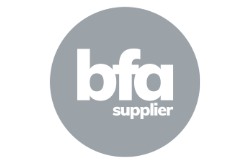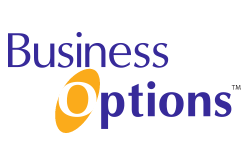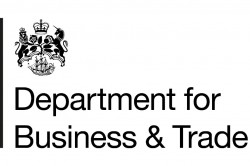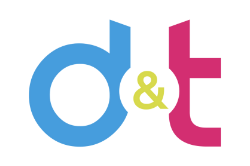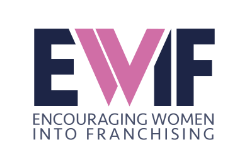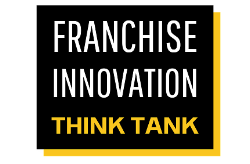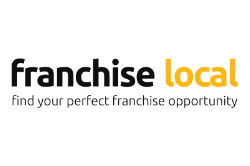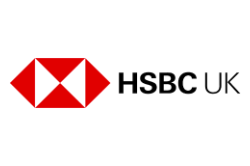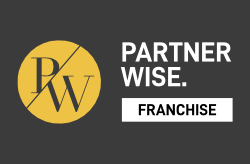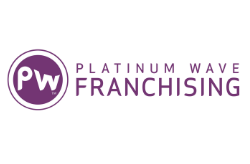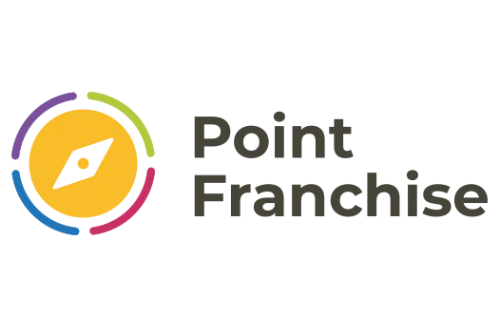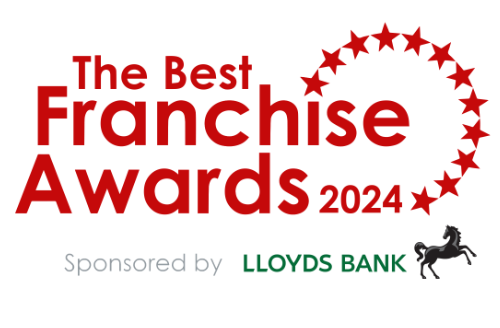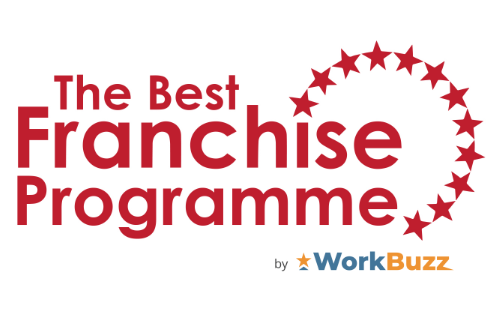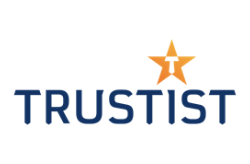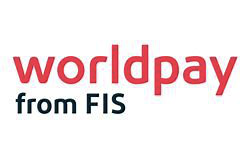Before you can start searching for finance, you first need to understand the total investment required for your franchise, how much you can contribute from your own resources and how much finance you require. I have spoken to many would-be franchisees who, when asked what the total investment level was, answered only with the cost of the franchise fee. The total investment is actually the sum of all costs associated with the set-up of the franchise including working capital, fees and VAT.
The amount of working capital required in the business is one of the most critical decisions in your financial planning and is often the number that most people get wrong. If you don’t have enough working capital then you are likely to run out of cash and without cash you go out of business.
So, to identify both the total investment and the amount of working capital, you need to prepare a business plan. It should serve three main functions. Firstly, it should set out the investment you need to make and the returns you are expecting the business to deliver. Secondly, it will become your application for finance. Thirdly, you should use it to monitor your performance and manage your business on an ongoing basis.”
Getting this document right is crucial if you are going to be successful in raising finance. I regularly see people who are declined finance, not because they are not credit worthy but simply due to the fact that their business plan doesn’t work, at least not from the lender’s perspective.
As an application for finance, the business plan needs to include all the information required to evaluate your proposal. It should start with an executive summary, which should give a concise overview of the business opportunity and funding requirement. It needs to identify who the owners of the business will be and provide their personal information, such as name, address, dates of birth and a copy of their CVs. Any lender will perform a credit search on the business owners and will need this information to be able to do this. You also need to set out your personal assets – such as a house, investments and savings – and liabilities – for example, mortgages, loans and credit cards.
The lender will want to see what your household expenditure is and what income you have to cover this. They will want to make sure that you can afford to pay your bills while you are growing the business. If your income is coming from the new business, make sure that you include this within the financial projections.
On top of this, the business plan should include information about the franchisor, the business model itself, how the franchisor will train and support you and how the products or services will be marketed. It should also set out your business objectives. You need to show the total investment required for the franchise, how much of the investment is coming from you and how much finance you are asking for from the lender.
Which brings us to the financial forecasts. You need to include forecast profit and loss projections, a separate cashflow forecast and a forecast balance sheet. The profit and loss projections will show the trading activity for the business, the sales, costs and how much profit you expect to make. The cashflow forecast will set out the incoming investment from you and any finance, the set-up costs going out and the money coming in and out through the trading activity and VAT. In simple terms, it’s a forecast of what your bank account will look like at the end of each month.
Remember that these are projections of what you expect to happen but real life is difficult to predict. The closing balance on the cashflow each month needs to be sufficient to allow for fluctuations in the timings of when money is received and paid out and also for the possibility that you may not achieve the sales levels assumed. This is where you set the amount of working capital you need and consider if you require an overdraft facility.
This uncertainty is part of the risk of setting up any business but with a franchise you reduce this risk because the franchisor has, through its pilot operation or existing franchisees, already tested the theory. This is why banks like lending to franchises, because they have a proven business model. If you can reference the financial performance of existing franchisees as the basis of your sales and cost assumptions in your business plan, you will hugely improve the credibility of your proposal and maximise your chances of getting your finance approved.
Running a business means you need to be able to manage all aspects of the business but that does not mean that you need to be an expert in all aspects. It is important to recognise where you need help and then to engage the right resources for the benefit of the business. If you have no experience of raising business finance or producing business plans and financial projections then there are plenty of organisations out there able to give you a helping hand.

Chris Roberts
Chris Roberts is the co-founder of Franchise Finance, the franchise consultancy with a specialism in all things finance. A regular on the training and speaker circuit, Chris draws on career in banking and his knowledge of franchising to helps clients with everything from how to prepare a business plan to the ins and outs of finding investment.

Chris Roberts
Chris Roberts is the co-founder of Franchise Finance, the franchise consultancy with a specialism in all things finance. A regular on the training and speaker circuit, Chris draws on career in banking and his knowledge of franchising to helps clients with everything from how to prepare a business plan to the ins and outs of finding investment.






